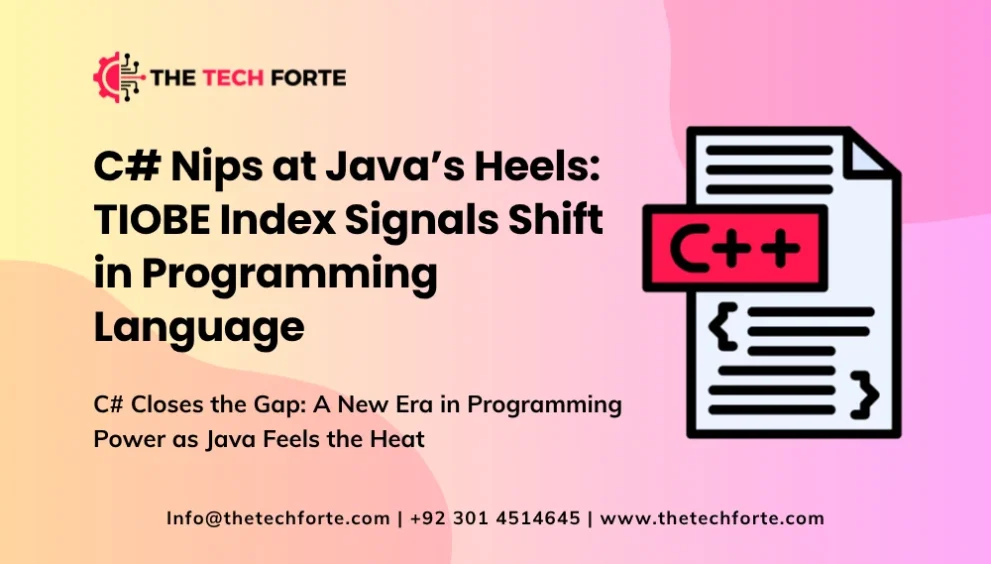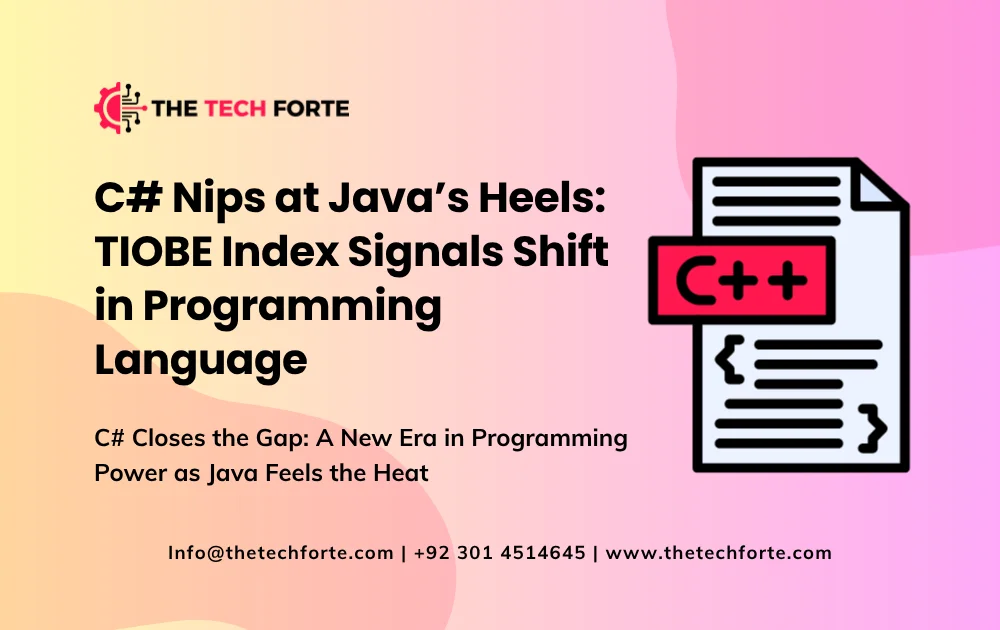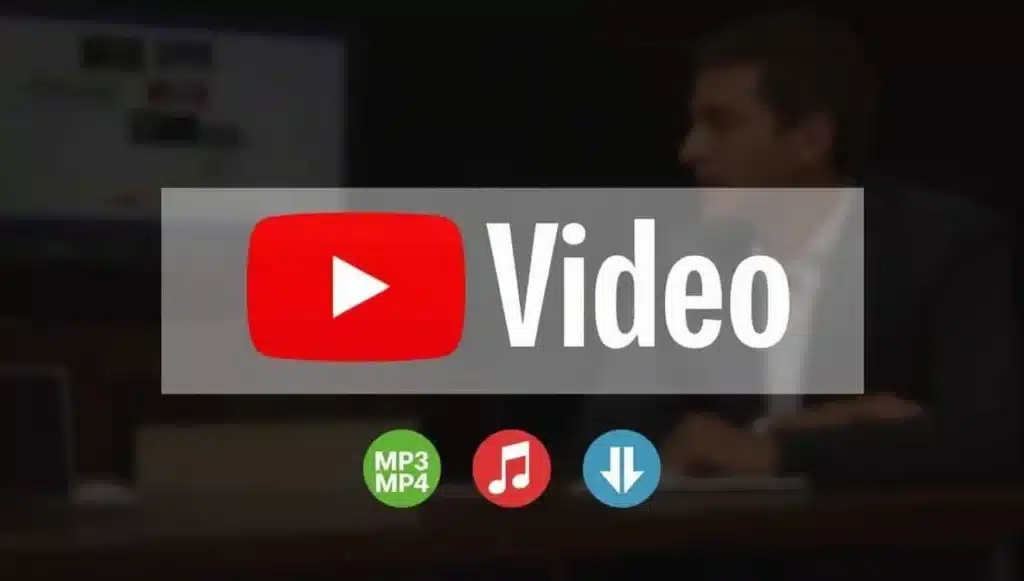C# Nips at Java’s Heels: Nov 2025 TIOBE Index Signals Shift in Programming Language Popularity

In the November 2025 edition of the TIOBE Index, some of the headline takeaways are striking:
- Python remains firmly at #1 with a 23.37 % rating, a modest year-on-year gain of 0.52 %.
- C has moved into second place at 9.68 %.
- C++ and Java now occupy third (8.95 %) and fourth (8.54 %) places respectively, both showing declines.
- Crucially, C# is the fastest rising major language on the index, climbing to 7.65 % (up 2.67 points year-on-year) and narrowing the gap with Java to under 1 percentage point.
- The commentary from TIOBE’s CEO, Paul Jansen, suggests that if C# maintains this pace, it may even become “Programming Language of the Year 2025” (the award given to the language with the highest annual growth).
In short, while Python’s dominance remains unshaken, the story beneath the top line is shifting C# is emerging as a serious rival to Java’s longstanding position, and the dynamics among the languages ranked #2-#5 have tightened considerably.
Let’s unpack what this means, how we got here, and where things might go next.
The Numbers in Detail: What November 2025 TIOBE Says
The TIOBE Index is computed monthly and uses data such as the number of skilled engineers worldwide, the number of courses, third-party vendors, as well as search-engine results for queries like “<language> programming”.
Here are the relevant ratings and rankings published in November 2025:
- Python: 23.37 % (up +0.52 %)
- C: 9.68 % (up +0.67 %)
- C++: 8.95 % (down –1.69 %)
- Java: 8.54 % (down –1.06 %)
- C#: 7.65 % (up +2.67 %)
- JavaScript: 3.42 % (down –0.29 %)
- Visual Basic: 3.31 % (up +1.36 %)
- Delphi/Object Pascal: 2.06 % (up +0.58 %)
- Perl: 1.84 % (up +1.16 %)
- SQL: 1.80 % (down –0.14 %)
A few observations from these numbers:
- Python continues to lead by a wide margin (~23 % vs ~9.7 % for #2). That gap remains substantial.
- C has surged into the #2 spot, overtaking both C++ and Java, reflecting perhaps a resurgence of core systems-level programming interest or new standards (e.g., C23).
- Java, once the clear #2 for decades, is slipping, both in absolute rating and relative ranking.
- C# has made the largest absolute gain among the top languages and is narrowing the gap with Java.
- The languages ranked below (#6-#10) show smaller ratings, indicating a compression of the tail of the top-tier languages.
Given these shifts, the headline that “C# nips at Java’s heels” is literally accurate: the rating gap (8.54% vs 7.65%) is under 1 percentage point, signalling a potentially historic change if the trend continues.
Why is C# Rising? What’s Driving the Surge?
The commentary accompanying the November index helps explain the rise of C#. Several factors are cited:
Modernisation & Cross-Platform Support
C# has evolved significantly in recent years. What was originally a language closely tied to Microsoft’s Windows and the .NET framework is increasingly cross-platform, open source, and supported by a vibrant tooling ecosystem (e.g., .NET 7/8, Blazor, MAUI). As TIOBE’s Paul Jansen notes:
“It seems like C# has removed every reason why not to use C# instead of Java: it is cross-platform nowadays, it is open source, and it contains all new language features a developer wants.”
In other words, the old objections to Windows-only, proprietary, and slower evolution are less valid now.
Microsoft Backing & Ecosystem Momentum
Microsoft continues to invest strongly in the .NET ecosystem, and C# remains the flagship language. Strong enterprise support, libraries, tooling, performance optimisations, and developer experience make it increasingly attractive.
Competitive Pressures on Java
Java has been the dominant enterprise language for decades, especially in large-scale backend, finance, banking, and legacy systems. But the index suggests Java’s momentum is stalling (down –1.06%). The growing maturity and attractiveness of alternatives (like C#) give developers and organisations choices. As Jansen indicates, outside the financial sector, the shares between Java and C# are becoming equal.
Shift in Developer Mindset & Project Types
Development is evolving: cloud-native, microservices, cross-platform apps (desktop/mobile/web), game development (Unity uses C#), and developer tooling are all areas where C# shines. Meanwhile, Java, though still large, may be perceived as more legacy-oriented or less agile. That perception may help fuel C#’s uptake.
Python Plateau & Developer Switching
Python’s growth, though still positive, appears to plateau, up only 0.52%. That suggests some saturation. With Python dominating one end, and C/C++/Java/C# fighting for positions below, developers may be looking for languages that combine modernity, enterprise readiness, and developer productivity. C# appears to be benefiting from this dynamic.
What the Change Means: Implications for Developers, Enterprises & the Ecosystem
For Developers
- If you’re investing in language skills, C# now merits serious attention, especially for roles beyond Windows-only development (cross-platform, game dev, enterprise backend, cloud).
- While Java remains a safe bet (given its large installed base), its slipping momentum may suggest fewer fresh greenfield projects over time, and a shift toward modern stacks where C# is competitive.
- Language popularity can influence job market demand, community support, and tooling innovation, which means that a rising C# could mean more opportunities, more libraries, more active ecosystem.
- For beginners or developers choosing new specialisations, the numbers suggest that choosing a language with an upward trend (C#) may be more strategic than one that is stable or declining (Java).
For Enterprises & Technology Leaders
- Organisations planning new greenfield systems: the narrowing gap between C# and Java means you have credible alternatives. C# can now present a viable enterprise stack with modern features, cross-platform support, mature tooling, and strong vendor backing.
- For legacy Java environments: you may need to ask whether sticking with Java is strategic, or whether conversion or migration to newer stacks (C#, Go, Kotlin) makes sense. The index suggests paradigm shifts in the developer ecosystem.
- For course providers, training organisations, and universities, teaching C# still matters, and may need to be emphasised more strongly in curricula, given its rising popularity.
For the Programming-Language Ecosystem
- The popularity ranking isn’t just about current lines of code or usage; it reflects developer interest, courses, vendor ecosystem, job postings, and search volumes. Hence, a rising C# may encourage more tooling investment, more open-source contributions, and more community growth.
- A shift in language popularity can influence hiring pipelines, open-source project language choices, library support, and even platform strategy (e.g., Microsoft emphasising .NET as cross-platform).
- If C# overtakes Java in the index, it may mark a symbolic milestone, the first time Java is definitively surpassed by a long-rival language. This may reshape perceptions of enterprise language stability and prestige.
The Bigger Picture: Programming-Language Popularity Trends and What’s Changing
Python’s Continued Dominance
The fact remains: Python is still the leader, by a substantial margin (23.37 %). Its ecosystem, use cases (AI, data science, web, automation), readability, and educational uptake continue to drive strength. But its growth is slower now, suggesting a form of maturity or saturation. The index notes that “until recently, nobody could beat the growth figures of Python,” but now C# is the fastest riser.
The “Second Tier” Contest Tightens
The competition among C, C++, Java, and C# is more acute than ever. C’s elevation to #2 is noteworthy, perhaps reflecting renewed interest in systems-level programming or the newer C23 standard. Java, meanwhile, is slipping. C# is climbing. C++ remains stable, yet is losing ground. This tightening means that language strategists must watch the dynamics carefully.
Legacy vs Modern Languages
Some languages are showing stagnation or decline (Java, C++). Others, once niche or domain-specific, are gaining traction (C#). This may reflect broader trends: developers want modern features, productivity, cross-platform capability, performance, and ready ecosystems rather than purely legacy compatibility.
Shift to Cross-Platform, Cloud-Native & Game/Interactive Dev
The rise of languages suited to multi-platform environments (desktop/web, mobile, cloud functions) may favour C# (with .NET Core, MAUI, Unity). Meanwhile, traditional enterprise stacks (Java) may face more competition. Developers and organisations selecting technology stacks must factor in this trend.
The Importance of Momentum
Language popularity is partly about the momentum community, libraries, the job market, and tooling. Languages that gain momentum tend to attract more investment, which further accelerates their adoption. The index suggests C# may be entering such a phase.
What Could Stop C# from Overtaking Java Risks & Considerations
While the trend is clear, there are caveats:
- Installed base inertia: Java has a vast installed base in enterprise, financial services, Android (via Kotlin/Java), and legacy systems. That inertia doesn’t vanish overnight.
- Ecosystem maturity: Java’s ecosystem (libraries, frameworks, community, job market) is deeply entrenched. C# must not only grow but also sustain.
- Language fatigue or diversification: Developers may diversify into other languages entirely (Go, Rust, Kotlin) rather than simply shift from Java to C#. So the competition is broader than just Java vs C#.
- Metric limitations: The TIOBE index uses search-engine data, course counts, etc. It is a proxy for popularity not necessarily actual usage or code written. As the index itself states: “It is not about the best programming language or the language with most lines of code.”
- Regional / domain differences: Language popularity can vary by domain (finance, embedded, web) and region (North America, Europe, Asia). A global index may smooth over domain-specific strength.
- Saturation risk: Even if C# continues to grow, growth may slow as it matures. If that happens and Java stabilises, the crossover may be delayed.
What Should Developers and Organisations Do Now?
For Developers
- If you’re already proficient in Java, continue to maintain your skills but invest time learning C# (especially if you work on cross-platform, cloud, or interactive systems).
- Keep an eye on ecosystem shifts: monitor job postings, framework adoption (.NET, MAUI, Unity), open-source contributions, and community activity around C#.
- Decide based on domain: if you’re in finance or large-scale enterprise backend, Java remains highly relevant; if you’re in game dev, interactive apps, cross-platform mobile/desktop, cloud functions, C# may make more sense.
For Organisations / Tech Strategists
- Review your greenfield development language choices: Does sticking with Java make sense? Could C# (or other modern languages) provide better productivity, tooling, or talent availability?
- For existing Java-heavy stacks: plan for long-term evolution. Consider whether incremental migration to newer languages (C#, Kotlin, Go) or running hybrid stacks is worthwhile.
- For hiring/training: ensure your talent pipeline reflects current popularity trends and upcoming demand shifts. Training programmes may want to increase C# modules.
- For vendors/consultancies: growth in C# signals opportunity for ecosystem investment (libraries, tools, community events) and for advising clients on language strategy.
Future Outlook: Where Could We Be in 1-2 Years?
If current trends continue, we might see the following:
- C# overtaking Java in the TIOBE index within the next 6-12 months (assuming year-on-year gain of ~2.6 points persists).
- A more entrenched “top five” of Python, C, C++, C#, Java (or variant), with narrower gaps between #2-#5.
- Java may stabilise or decline further, shifting its dominance to more niche or legacy domains.
- Eclipse of emerging languages: while languages like Go, Rust, Kotlin, and Swift remain important, they currently sit lower in the top 20 and are absent from the top 10 (e.g., Go dropped out of the top 10 in Nov 2025).
- More organisations are choosing C# for new projects (especially those targeting multiple platforms, interactive apps, cloud, and game dev) and more academic/training programmes emphasising it.
- Potential new entrants in the popularity race (e.g., Rust, Kotlin) are gaining more traction but likely still behind the top tier for now.
Conclusion: A Shift Underway, But the Peak Isn’t Reached
The November 2025 TIOBE Index delivers a compelling narrative: while Python remains king, the battle for the next tier is intensifying. C# has emerged as the fastest riser, narrowing the gap with Java and signalling a potential change in leadership among long-established enterprise languages.
For developers and organisations, this is a moment to reassess language choices, talent strategies, and ecosystem investments. C#’s rise is not just about numbers; it reflects broader trends in cross-platform development, tooling modernisation, developer productivity, and ecosystem momentum.
But it’s also not a done deal: Java remains entrenched, large codebases won’t shift overnight, and language ecosystems are sticky. Execution, tooling maturity, community strength, and industry support will all matter for C# to claim the next rung.
In the evolving programming-language universe, the smart move is to watch the shifts, adapt early, and not assume that past popularity equates to future relevance. The next few releases of the TIOBE Index will be interesting to watch. We may be on the cusp of a once-in-a-decade change.



















































































































































































































